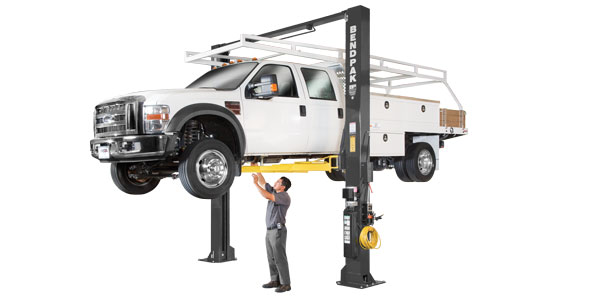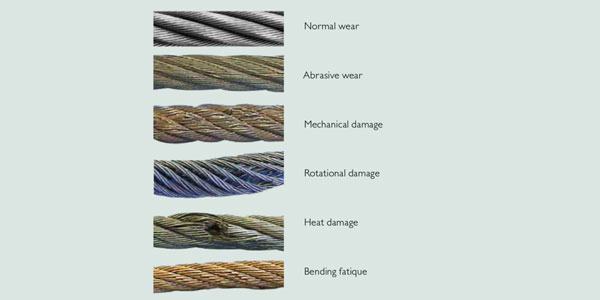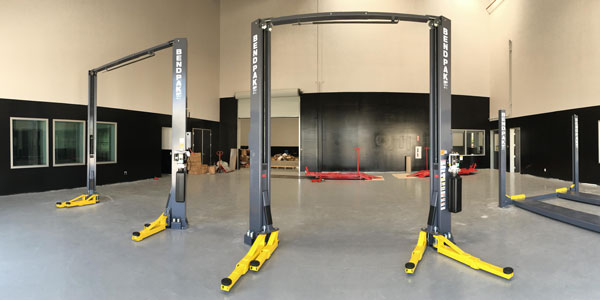According to the Tire Retread & Repair Information Bureau (TRIB), experts advise that tires be pulled when they reach 6/32nds tread depth. By pulling tires for retreading when the remaining tread gets to 6/32nds instead of waiting until 4/32nds or even less, truckers can maximize tire casing life, according to some tire industry experts.
“It can be a false economy to wait until a tire is down to less than 6/32nds—or at the very least 4/32nds—before pulling it for retreading. Even though the legal limit is 2/32nds on drive or trail positions and 4/32nds on steer positions, truckers should realize that most tire problems occur when the remaining tread gets below 4/32nds,” said Harvey Brodsky, TRIB managing director.
“Most major tire companies will concur that the smartest thing a trucker can do to ensure greater retreadability of casings is to pull the worn tire before the casing is damaged. It is actually cheaper for the trucking fleet to do this than to wait until the last minute,” Brodsky added.
When the high price of a new premium truck tire is considered, trying to squeeze a tire down to the last 32nds of legal tread can be a costly mistake. Most fleets with well managed tire maintenance programs will never allow a tire to keep rolling after 4/32nds, and very often 6/32nds on steers, is reached. The retreadability of a casing is greatly enhanced when a tire is pulled before the legal limit. Certain applications will generally require removal of the casing before the legal minimum tread depths are reached. A pure line haul fleet may find that pulling tires for retreading at 6/32nds works well, while a mixed service fleet might pull selected casings at 8/32nds due to damage the original tread sustained in the particular application. A good tire maintenance program allows the fleet to optimize tire life by pulling worn tires at the appropriate time.”




